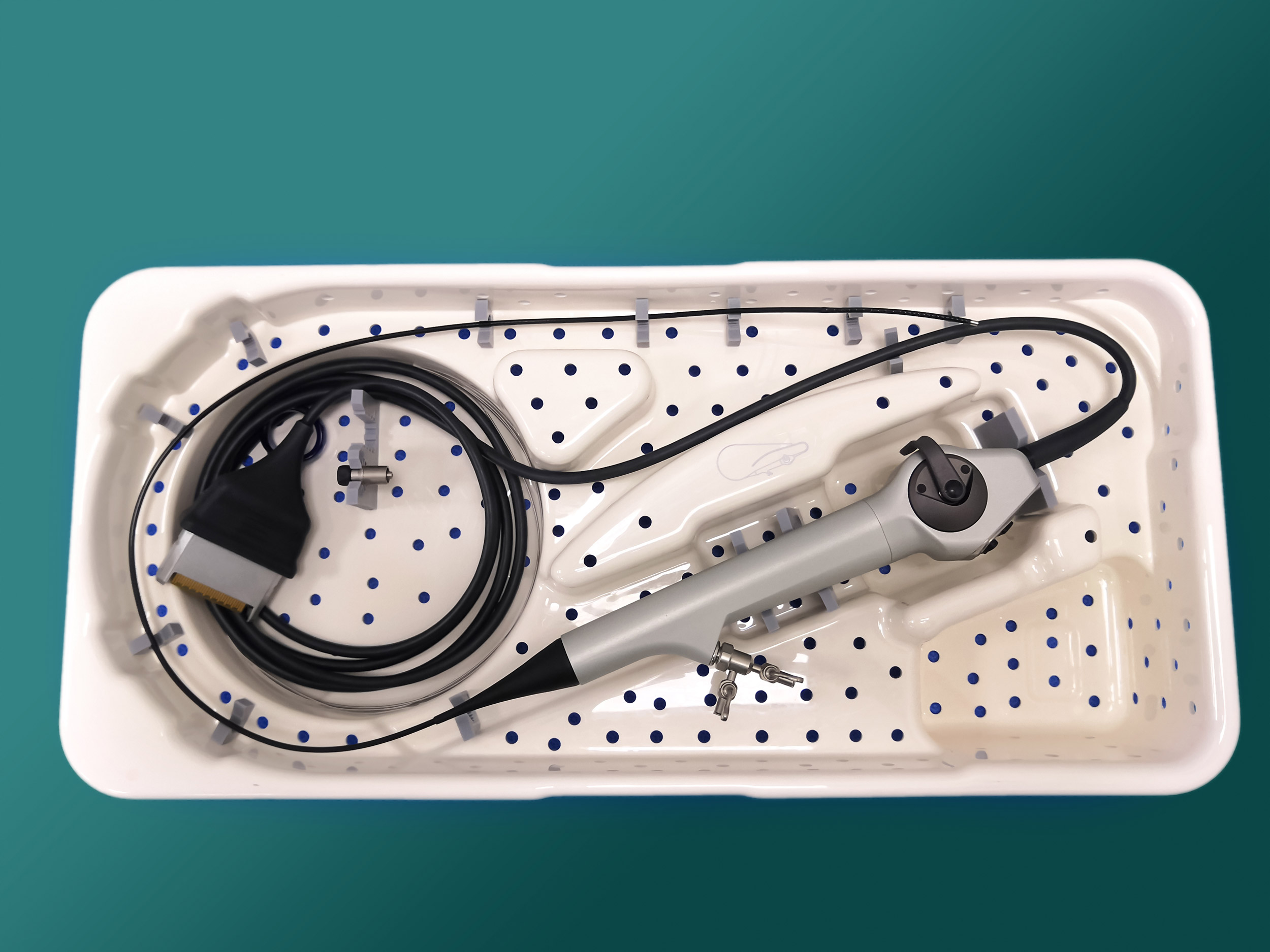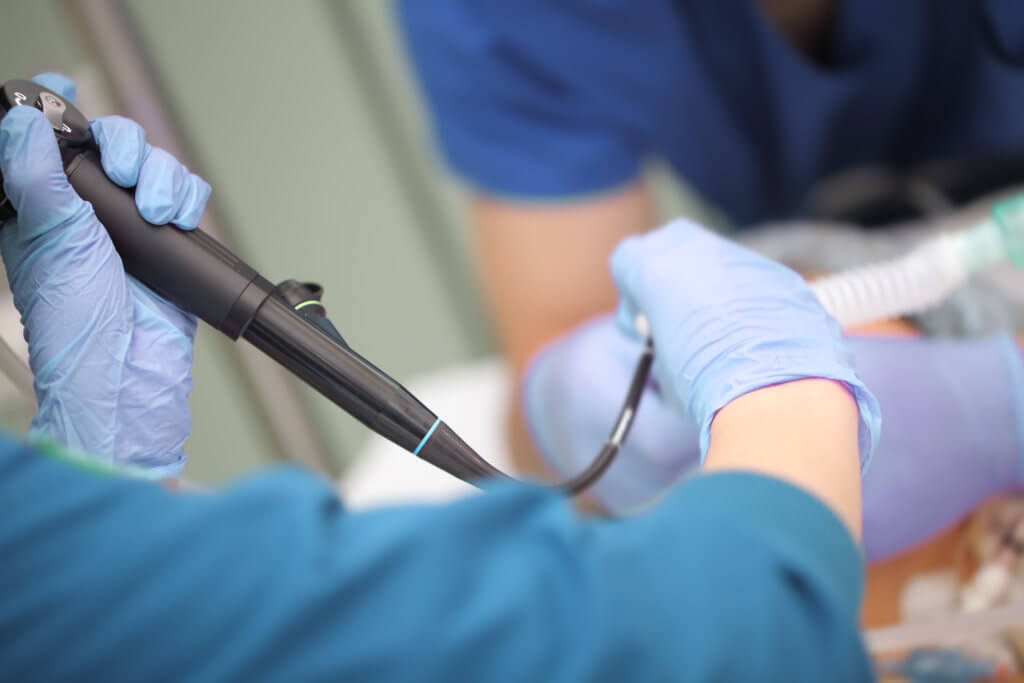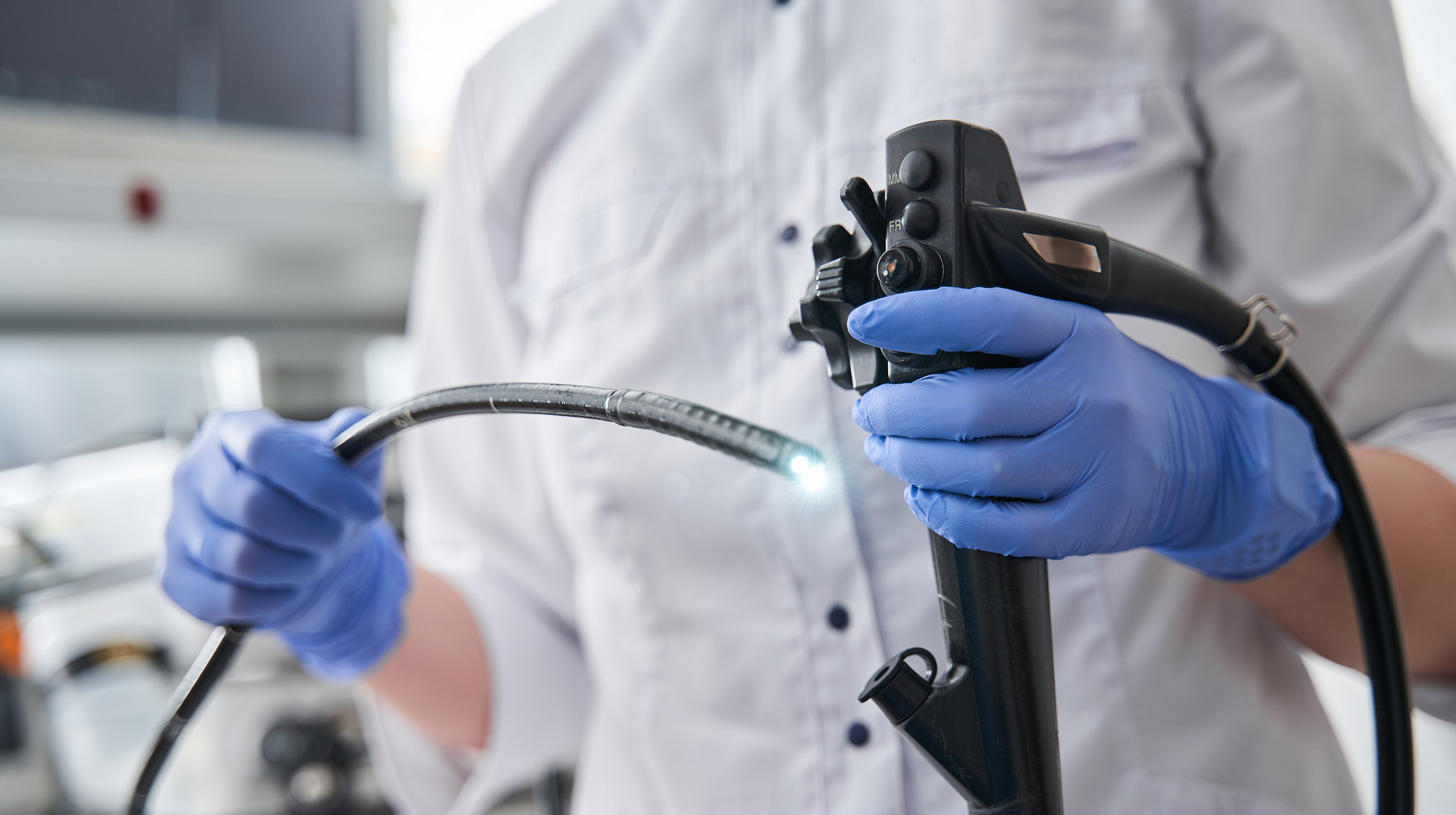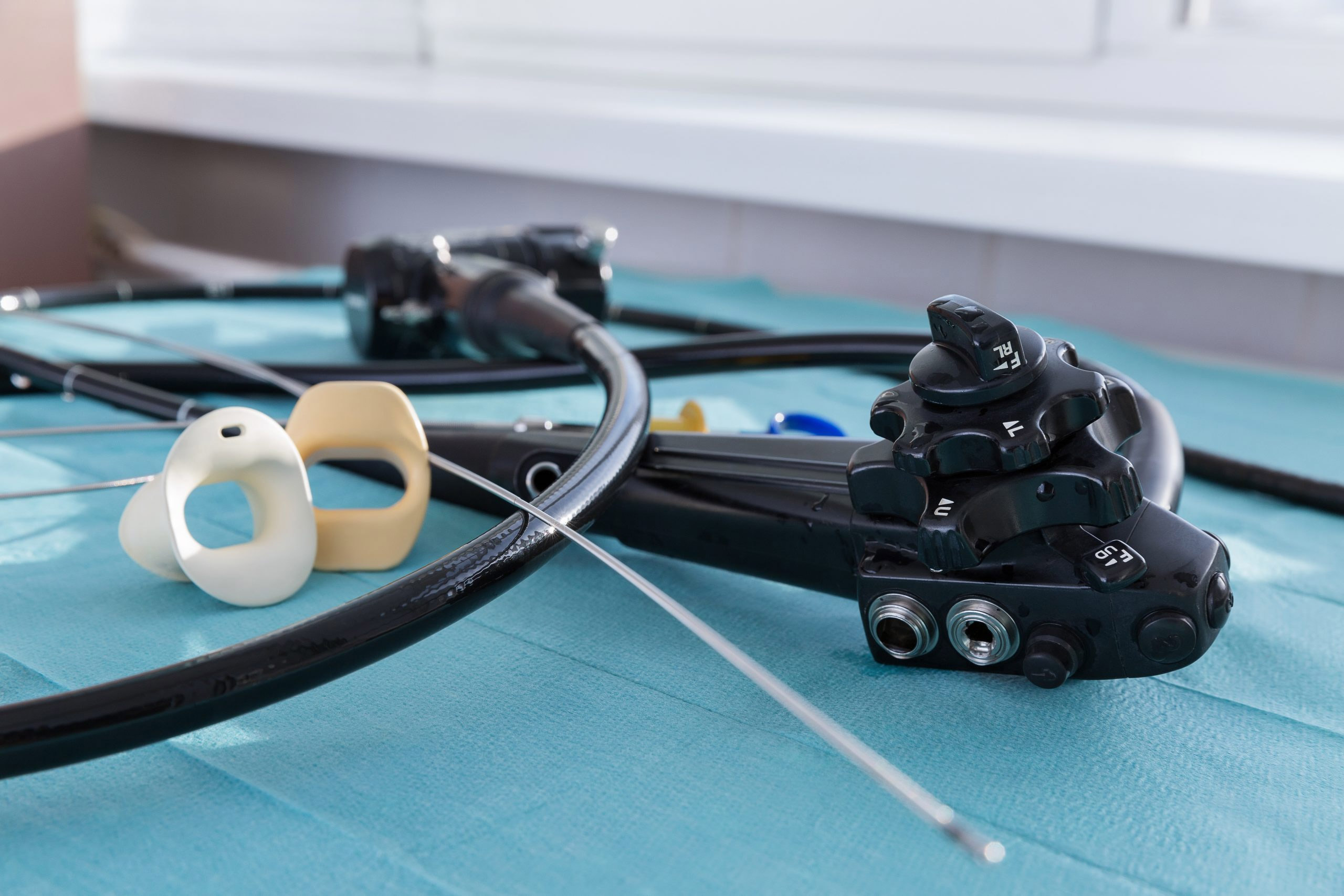
Dr. Amy E. Krambeck suspected that when her department did a 90-day conversion to single-use ureteroscopes, urologists would frequently revert back to their familiar reusable devices.
“We were surprised,” said the Michael O. Koch professor of urology at Indiana University School of Medicine, Indianapolis, on the Speaking of Urology podcast. “We had anticipated that we would be unsuccessful with the disposable scopes and have to use the reusable scopes, but we only had to convert to reusable scopes 4 percent of the time. So, 96 percent of the time we could complete the case satisfactorily using a disposable scope.”
Speaking of Urology is the official podcast of Urology Times. Krambeck joined the program to discuss the conversion’s findings. She co-authored a study about the experience.
Another surprise was the amount of money the department saved transitioning to single-use ureteroscopes — $140 per case, taking into account other factors prior to the switch, an “enormous cost savings given the fact that we do a large volume of ureteroscopy,” Krambeck said.
Three surgeons with varying levels of experience took part in the department’s conversion study, with Krambeck the most senior. Residents were also involved in the study.
Four cases in the study required a reusable ureteroscope: two because of inadequate secondary deflection, one due to image quality, and another because of a tight ureter.
A concern with converting fully to single-use scopes is the medical waste generated, Krambeck said.
“That is a concern, but I think many companies are coming up with recycling plans for their disposable scopes so that will help in the future,” she added. “And when we reprocess a reusable scope, we’re creating waste as well, so it’s not actually a total benefit to use a reusable scope.”
A key takeway is to “always be diligent and constantly assessing if what you are doing is up to par with cost savings or standard of care for the patient.” That’s especially true for practices that perform a large volume of ureteroscopies — they could benefit financially from transitioning to single-use scopes, Krambeck said.


